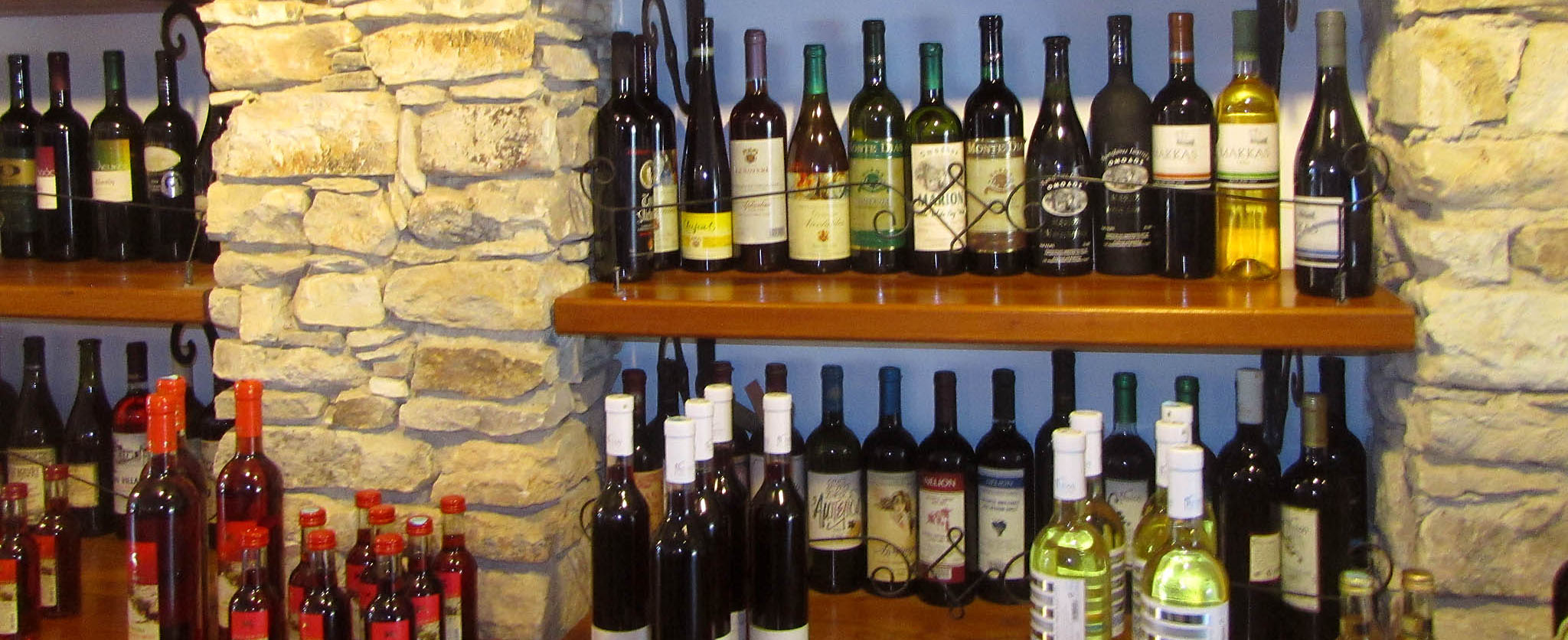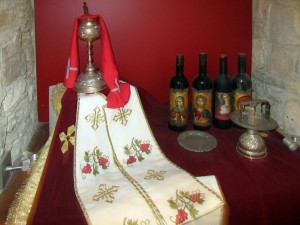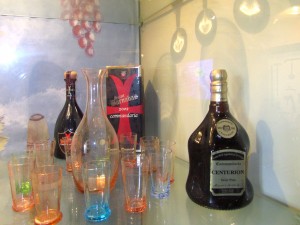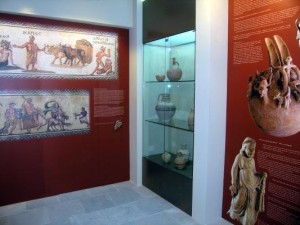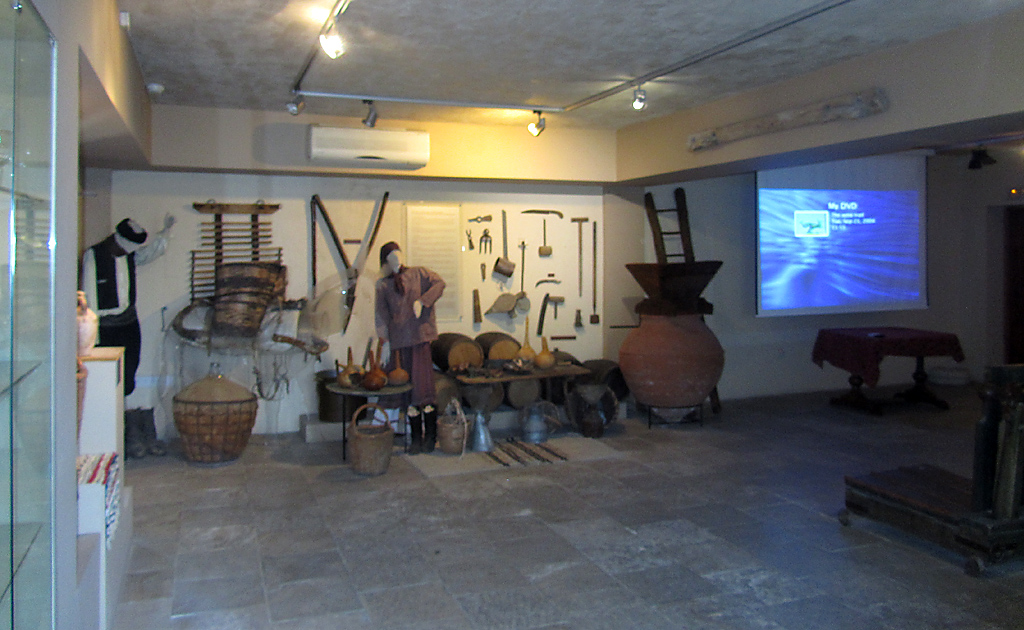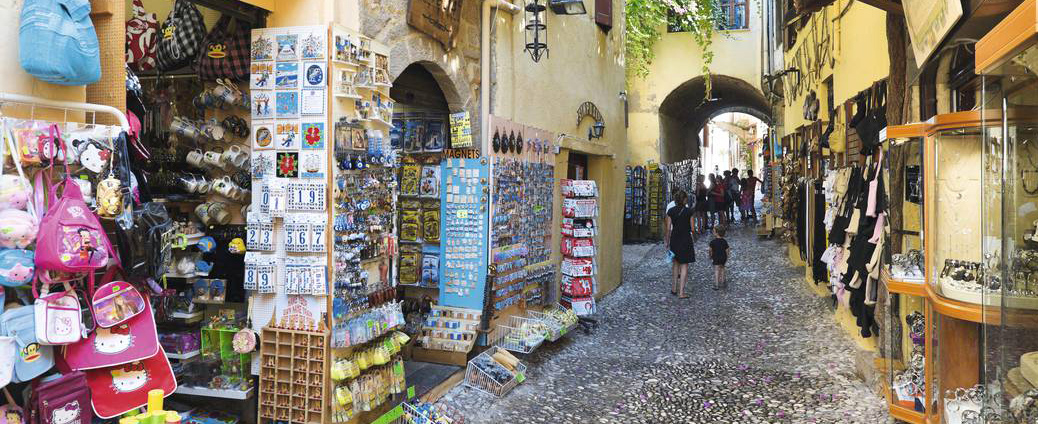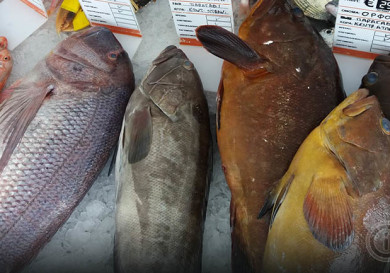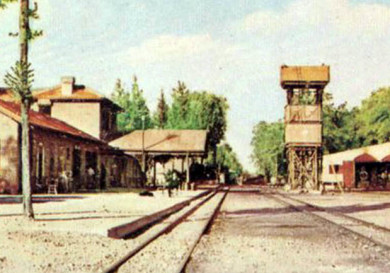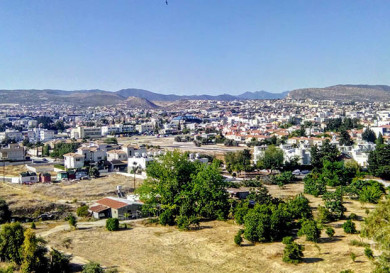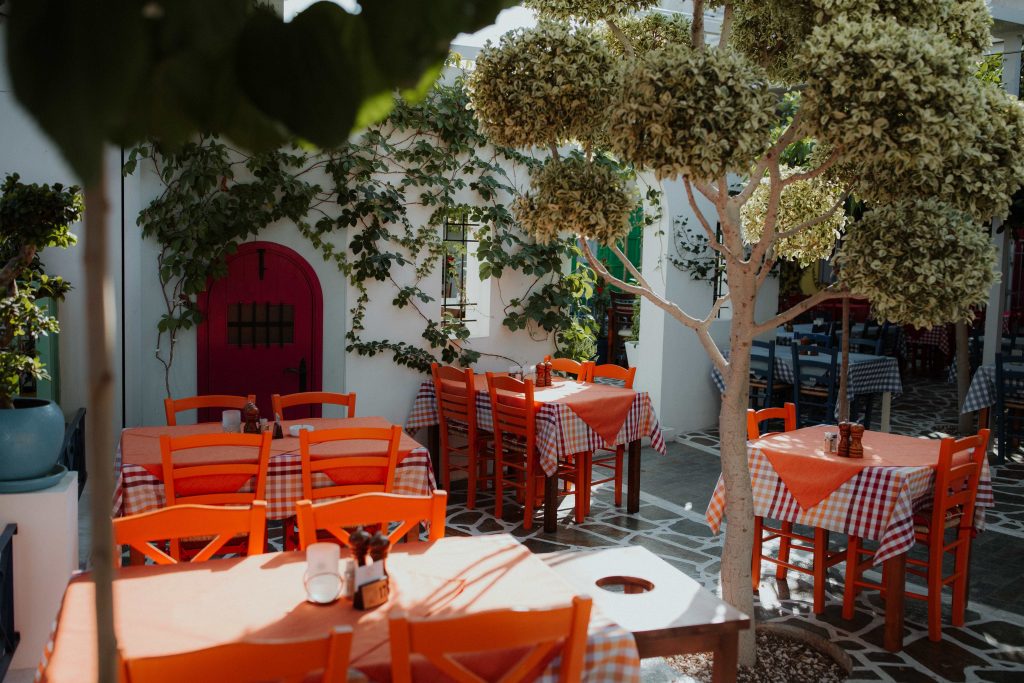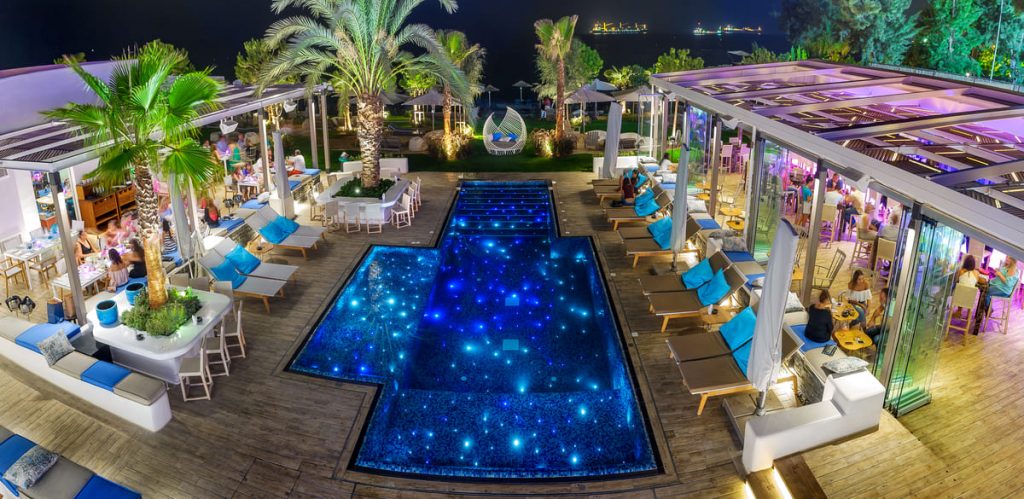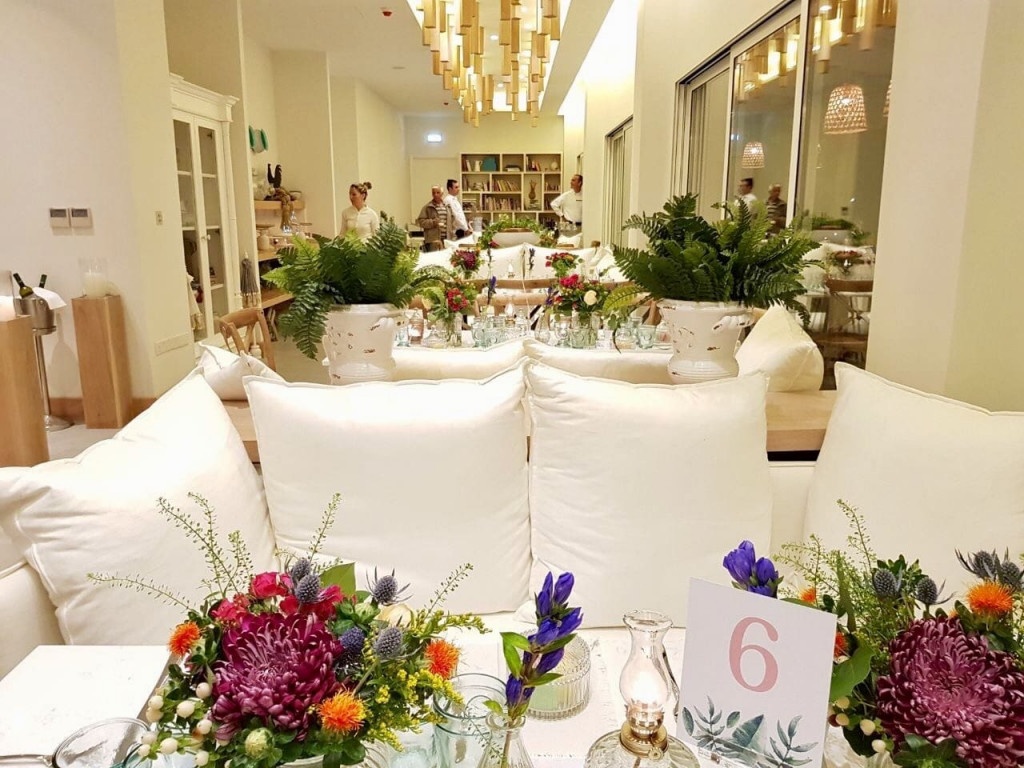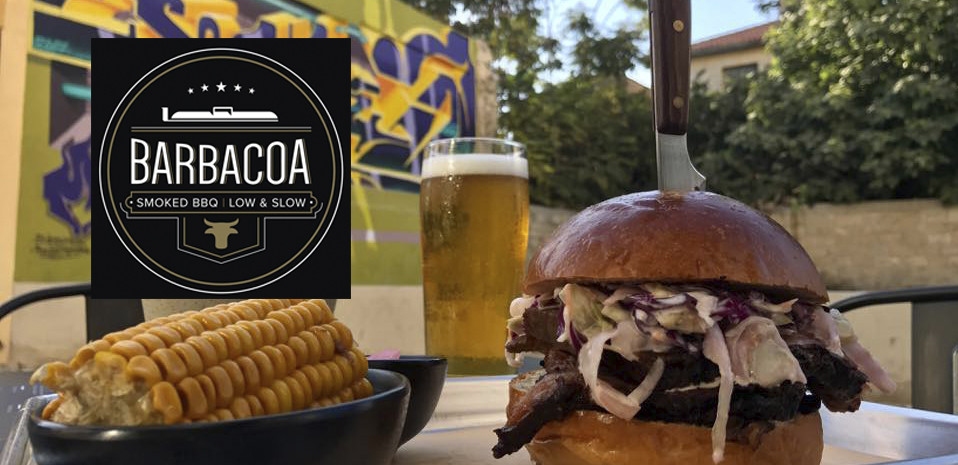Today we decided to go to a unique place – the only wine museum in Cyprus, in Erimi village.
In 2014, the museum celebrated its 10th anniversary. The creation of the museum was possible thanks to the hard work of Francis and Anastasia Guy, who between 1998 and 2004, carried out the restoration and decoration of the 150-year old stone building.
Once upon a time, this building was a hotel. It accomodated traders, who brought wine from the Paphos villages and carried it to Limassol, where the main market used to be. On this basis, we can safely say that for more than 100 years in the walls of this cozy home a lot of wine was drunk.
Erimi village
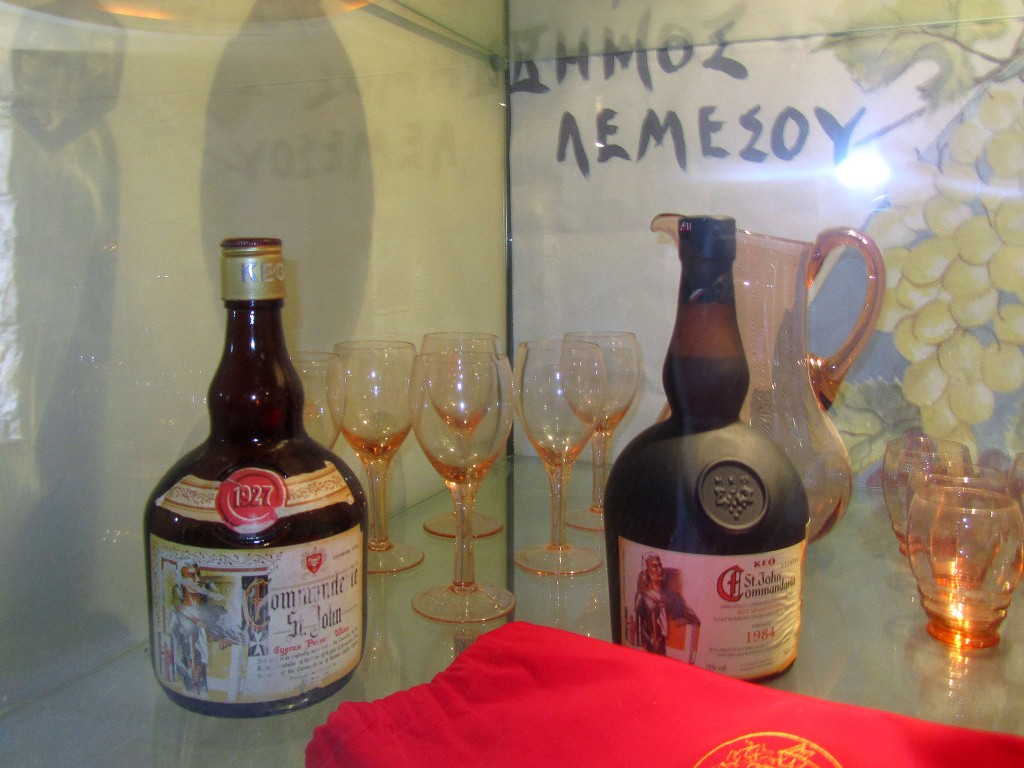 It is now possible to assert with confidence that Erimi village, where the museum is located, was a central location for the cultivation of grapes and wine-making, not only in Cyprus but also throughout Europe. Everyone knows that wine is an integral part of the history of the island, and Cyprus is one of the first countries that started producing wine.
It is now possible to assert with confidence that Erimi village, where the museum is located, was a central location for the cultivation of grapes and wine-making, not only in Cyprus but also throughout Europe. Everyone knows that wine is an integral part of the history of the island, and Cyprus is one of the first countries that started producing wine.
The Cyprus wine museum, which is located at the crossroads of the wine route between Limassol and Paphos, is in the immediate vicinity of the ancient village of Sotira, where the remains of the oldest grape seed were found.
Not far from the museum is the famous Kolossi castle, which used to be the former headquarters of the Crusader Knights. It is these knights, who began to engage in the production of the famous Cypriot Commandaria wine – the drink of kings.
The Cyprus wine museum
The museum exposition is divided into several periods: prehistoric, Roman, Byzantine and Middle Ages.
In the hall you can admire the prehistoric period up, beginning from the mosaics of the Paphos’ House of Dionysus, which tells the story of Icarus and the first people who tasted the wine. The second mosaic depicts the triumph of Dionysus.
The Cyprus wine museum has a collection of bowls and jugs, some of which date back to 2300 BC.
The museum director Francis Guy, who conducts guided tours, tells us an interesting story about the fact that the Greeks have always treated wine with great respect, but were strict to those who used it incorrectly.
During feasts at symposia they were allowed to drink only four cups of diluted wine. The first cup offered at the feast, was not diluted, and it was poured on the floorto give praise to the god Dionysus. The second cup was served diluted to the symposium’s participants to lead a spiritual conversation. The third cup was intended to prepare the stomach for the main dish, and the last was served as a signal for an end to the feast, and bedtime.
In the hall of the Roman and Byzantine periods, the history of wine consumption in the Christian era is presented. As sources, both the wine and the grapes are an integral part of the Christian faith. During the Holy Communion, the wine symbolizes the blood of Christ, and the vineyards are a symbol of faith in God and the world. The painting on the wall depicts the sacrament of Holy Communion and an illustration of how the wine is transformed into the blood of Christ.
In the Middle Ages, Cyprus was sold by Richard the Lionheart to the Knights Templar, who ruled the island until 1192, and then handed it over to the Luizinians, who were planning to organize a military base here and return to Jerusalem.
However, serious action was taken only by King Peter I de Luizinyan of Cyprus, who went for the understanding of Europe and was received by the king of England, Edward III and invited to a council with the kings of France, Denmark and Scotland. At the dinner the kings abroad tried Commandaria for the first time, which became known as the wine of kings. Soon the drink became very popular among European kings and aristocrats.
Solemn meeting of the Kings were captured on canvas by the famous English artist Albert Chevallier Tyler. By the way, the Cypriot wine were always served first at royal feasts, followed by the wine of Malvasia, Italy and France.
The museum also presents the tools of labor used for the cultivation of grapes and the production of wine and typical household glassware of the twentieth century.
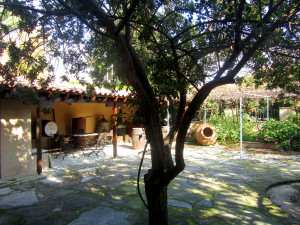 Wine tasting room
Wine tasting room
Of particular interest to visitors is the tasting room of St. Hilarion. Here are the samples from 38 wineries in Cyprus. Wine bottles fit in the alcove of the ancient walls and the bar is a construction of the huge wine barrels.
This is where guests can relax and enjoy the beautiful Cypriot wines accompanied by light snacks, as well as get information on the major wine regions of the island.
The hospitable owners offer them a walk on the traditional patio and to get acquainted with the traditional equipment: stone tubs in which the crushed grapes were placed, the distillation vessel used for cooking zivania and several vessels of red clay, where the fermentation of wine took place, and which were also used for further storage.
Guests can visit the museum every day from 9 am to 5 pm.
The cost of visiting the museum, including a guided tour, audiovisual films, tasting of 2 local wines and Commandaria with bread and raisins, halloumi cheese and jelly grape juice (kiofteri) and zivania is 7 euros per person.
We leave this wonderful place, as always with a slight hint of sadness and hope for a speedy return. But we do know that the little island of Cyprus is ready to reveal to us many more interesting and unusual places.




